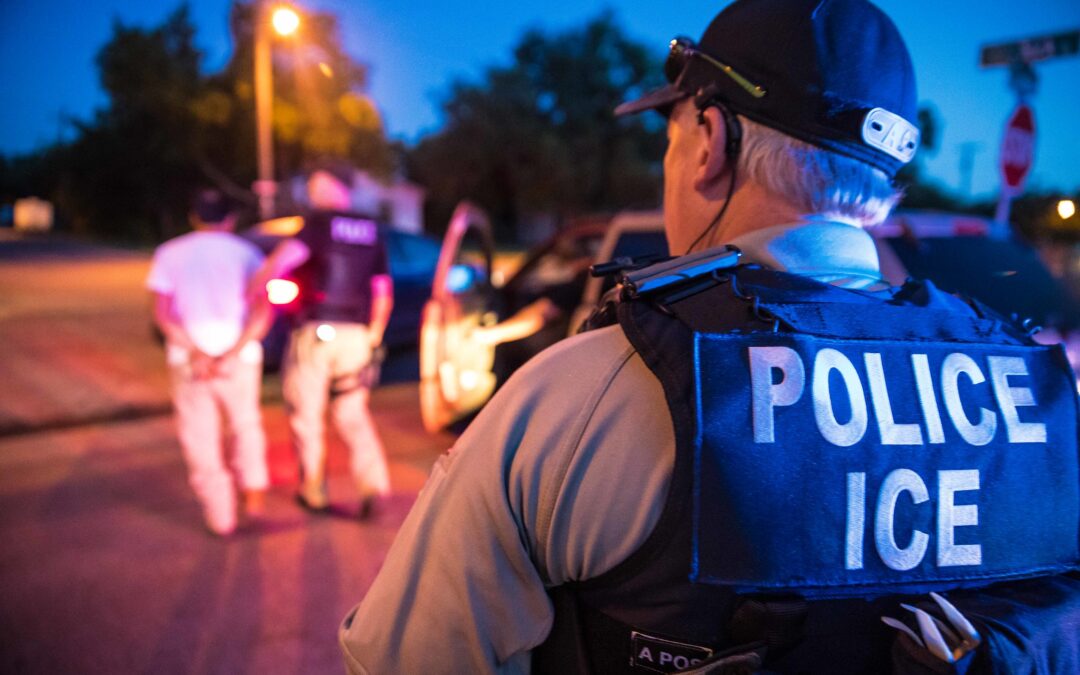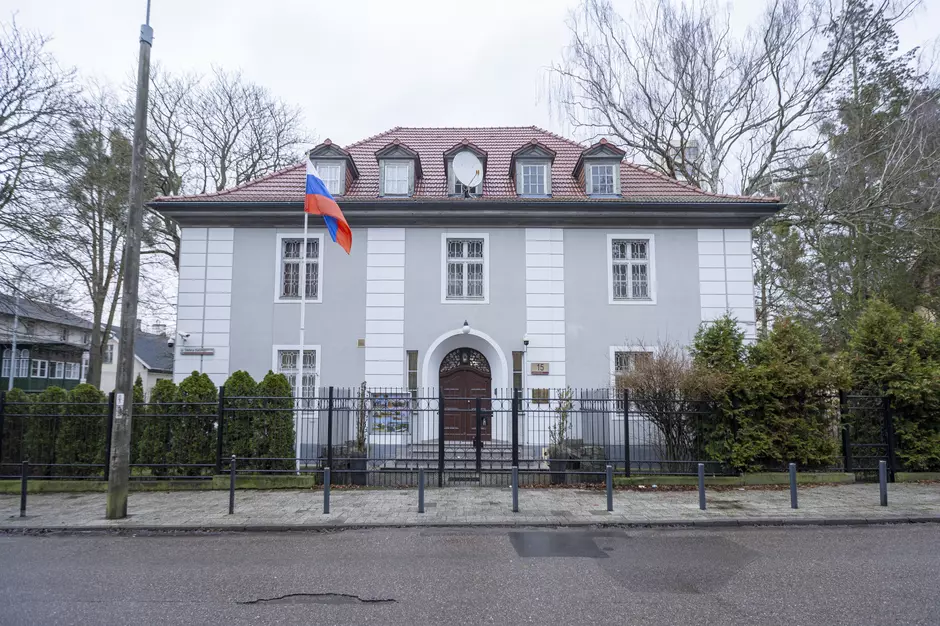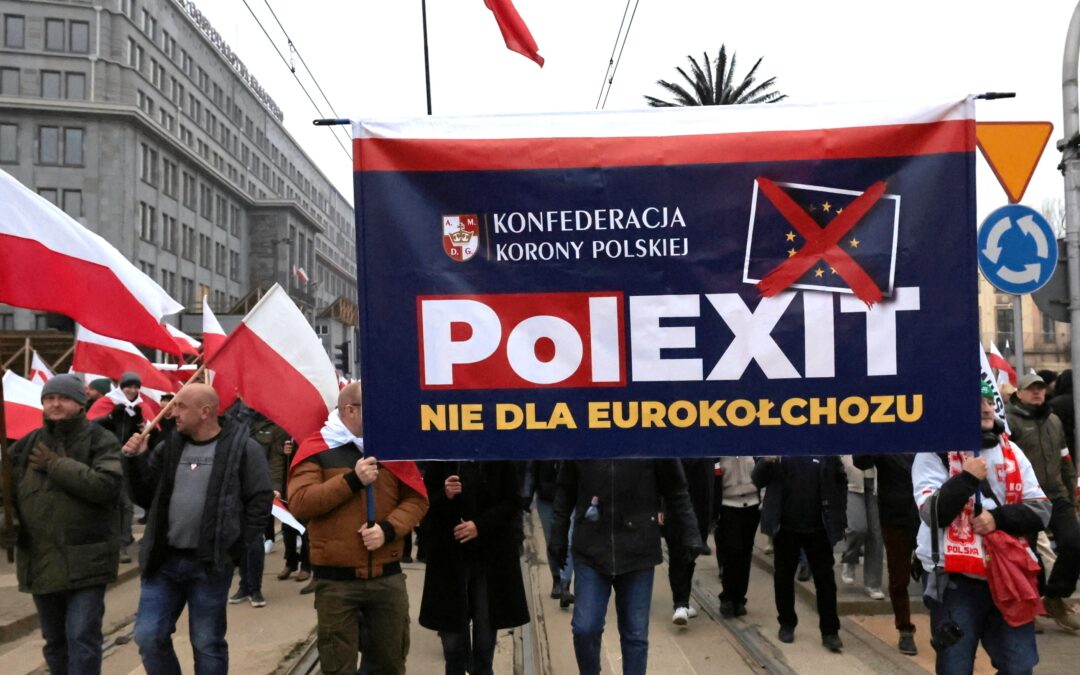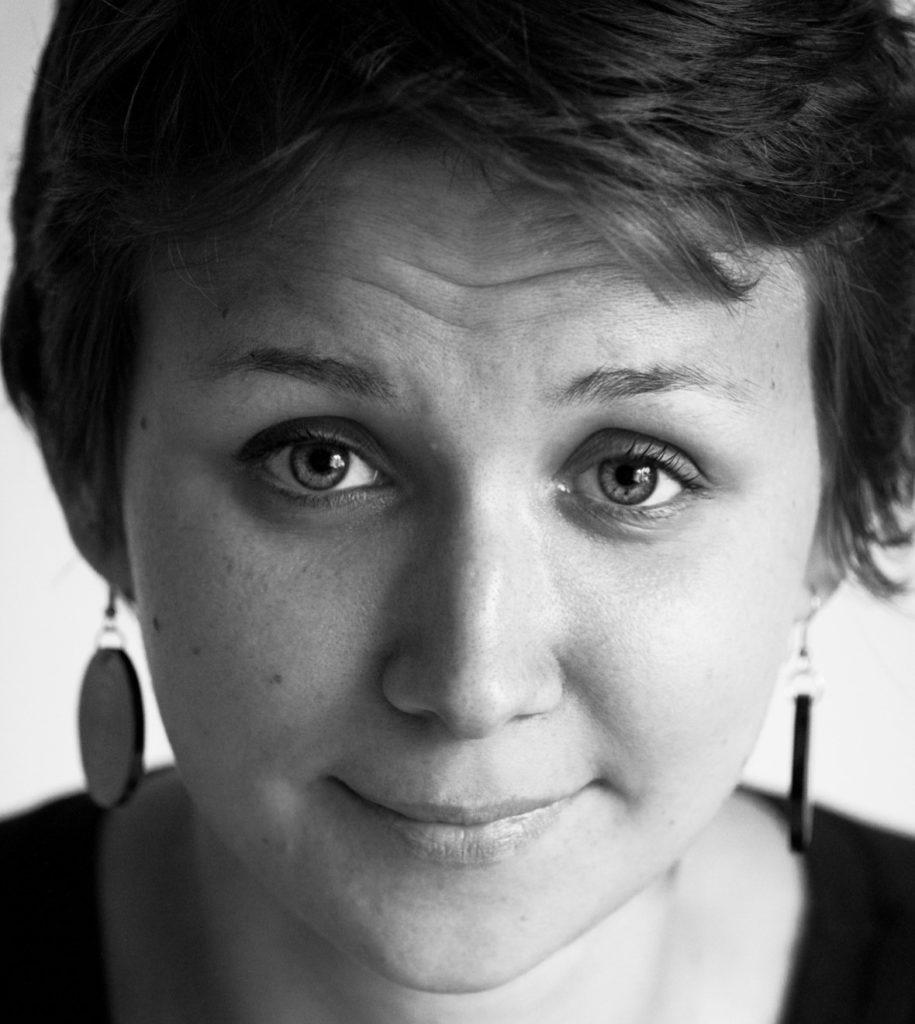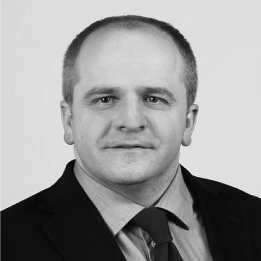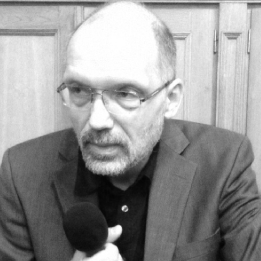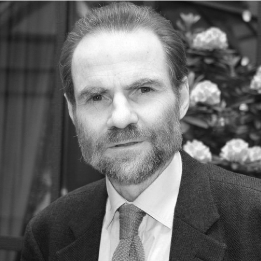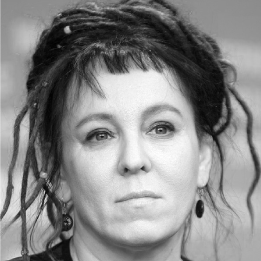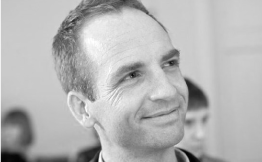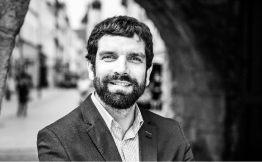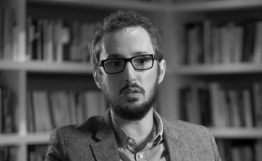Keep our news free from ads and paywalls by making a donation to support our work!

Notes from Poland is run by a small editorial team and is published by an independent, non-profit foundation that is funded through donations from our readers. We cannot do what we do without your support.
Germany’s culture ministry mistakenly marked the recent anniversary of the Warsaw Uprising by posting a photo on social media that actually comes from the separate Warsaw Ghetto Uprising and which is considered an example of Nazi propaganda.
German daily Die Tageszeitung reports that on 1 August, the anniversary of the Polish wartime underground’s uprising against Nazi-German occupation in 1944, the Instagram account of culture minister Wolfram Weimer shared a post to commemorate the event.
It quoted Weimer saying, “Those who want to destroy the culture of a people target their soul”, alongside a wartime image of people being escorted by German soldiers with burning buildings in the background.
However, the image is not from the 1944 Warsaw Uprising but from the separate uprising that took place in the city’s Jewish ghetto the previous year. The photograph, which shows captured Jews being taken to a deportation point, was likely produced as part of Nazi propaganda efforts.
Niemiecki minister chciał uczcić rocznicę Powstania Warszawskiego, ale pomylił je z powstaniem w getcie warszawskim https://t.co/jwmIm7QfCe pic.twitter.com/I5kaj8hxKQ
— Dzieje.pl (@dziejepl) August 5, 2025
After the mistake was flagged by social media users, the ministry deleted the post. Die Tageszeitung reports that the minister’s press secretary confirmed the mistake, said that it was not the ministry’s intention to use a Nazi propaganda image, and noted that the image was immediately taken down.
“When dealing with history, it is not enough to represent morally correct claims,” wrote the newspaper. “It is also necessary to know this history and its facts. Otherwise, a well-intentioned statement can end up having the opposite effect.”
The newspaper also called on Weimer to apologise for the mistake, stressing that the photo presents the victims from the “perpetrator’s perspective”, the way “that German Nazi propaganda wanted them to be seen”.
“The rebels are being led away (and murdered, but that cannot be seen here). The Wehrmacht soldier stands his ground. The situation has been resolved, the Nazis have won,” wrote the newspaper.
The Warsaw Uprising, which began on 1 August 1944 and lasted 63 days, was the largest single act of armed resistance in German-occupied Europe during World War Two.
It was brutally crushed by the German occupiers, who killed up to 200,000 Polish civilians in the process, mostly in mass executions. Subsequently, the city’s remaining population was expelled and most of its buildings destroyed.
During last year’s commemorations of the 80th anniversary of the Warsaw Uprising, Germany’s president, Frank-Walter Steinmeier, asked Poles for forgiveness. “German nationalism, imperialism and racism led to these brutal crimes,” he declared.
“We Germans must not forget the uprising… It is a symbol of the will to survive, not to give up freedom without a fight, a symbol of pride, of standing up to the aggressor,” Steinmeier said in Warsaw last year. “I bow to the courage of the insurgents…[and] I ask, today and here, for forgiveness.”
Germany’s president has asked Poles for forgiveness on the 80th anniversary of the Warsaw Uprising.
“German nationalism, imperialism and racism led to these brutal crimes,” he declared in a speech to veterans of the uprising https://t.co/p2LCA8r9xy
— Notes from Poland 🇵🇱 (@notesfrompoland) August 1, 2024
Meanwhile, the Warsaw Ghetto Uprising started on 19 April 1943, when the Germans began the liquidation of the Warsaw ghetto, deporting its inhabitants to the gas chambers of Treblinka extermination camp.
Hundreds of Jewish fighters, with support from the Polish underground resistance, took on the might of the German army for almost a month before being brutally suppressed.
Thousands of Jews were killed during the uprising, with tens of thousands more deported to extermination camps afterwards. The ghetto was then razed to the ground.
New photographs from the Warsaw Ghetto Uprising have been released after being discovered in an attic by the family of a Polish firefighter who smuggled a camera into the ghetto to secretly take them https://t.co/jtkUUMvmBl
— Notes from Poland 🇵🇱 (@notesfrompoland) January 19, 2023
A study published last year found that Germans have significant gaps in their knowledge about Nazi wartime crimes. This year, Germany’s then culture minister, Claudia Roth, admitted that, “in Germany, too little is known about the scale of the crimes committed by Germans against millions of Poles”.
She oversaw efforts to create a new memorial in Berlin to Polish victims of the Nazi-German occupation. In June, a temporary memorial was unveiled at the site while work on creating a permanent one continues.
Almost six million Polish civilians – around half of them Polish Jews – are estimated to have died as a result of the Second World War. That represents 17% of Poland’s pre-war population, which is the highest proportional death toll of any country during the war.
The German occupiers also laid waste to many Polish cities – including the capital, Warsaw, which saw around 85% of its buildings destroyed – and plundered or destroyed much of Poland’s cultural heritage.
A temporary memorial to Polish victims of the Nazi-German occupation of World War Two has been unveiled in Berlin in the form of a large boulder.
It has been criticised by opposition PiS politicians as a "blunder" and "grotesque".https://t.co/P3MvC1qAYp
— Notes from Poland 🇵🇱 (@notesfrompoland) June 17, 2025

Notes from Poland is run by a small editorial team and published by an independent, non-profit foundation that is funded through donations from our readers. We cannot do what we do without your support.
Main image credit: Wikimedia Commons (under public domain)

Agnieszka Wądołowska is deputy editor-in-chief of Notes from Poland. She is a member of the European Press Prize’s preparatory committee. She was 2022 Fellow at the Entrepreneurial Journalism Creators Program at City University of New York. In 2024, she graduated from the Advanced Leadership Programme for Top Talents at the Center for Leadership. She has previously contributed to Gazeta Wyborcza, Wysokie Obcasy and Duży Format.

